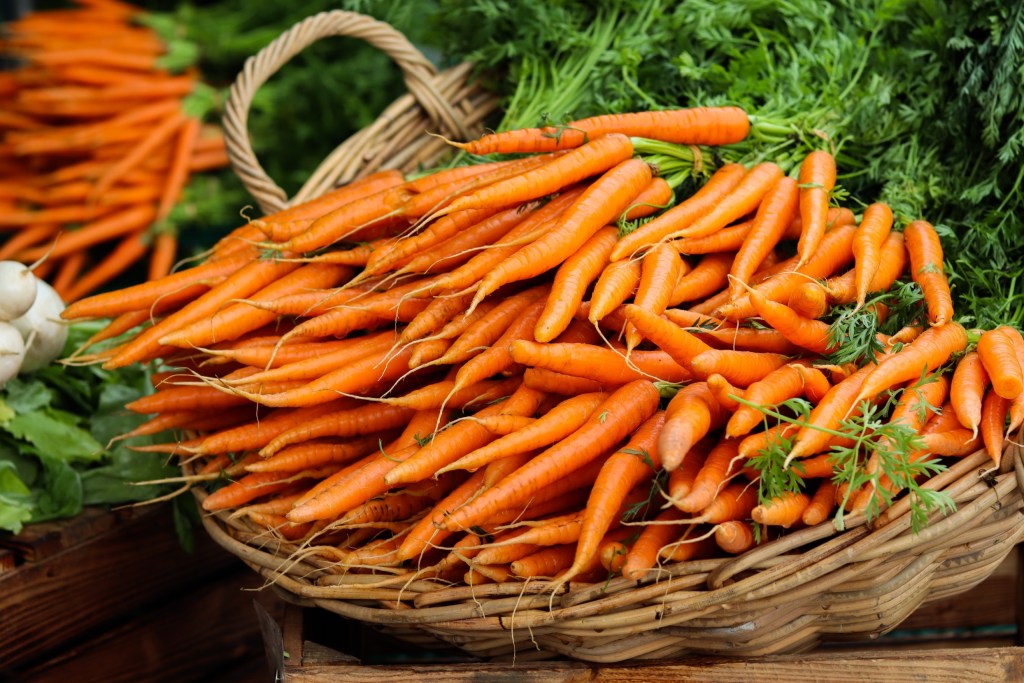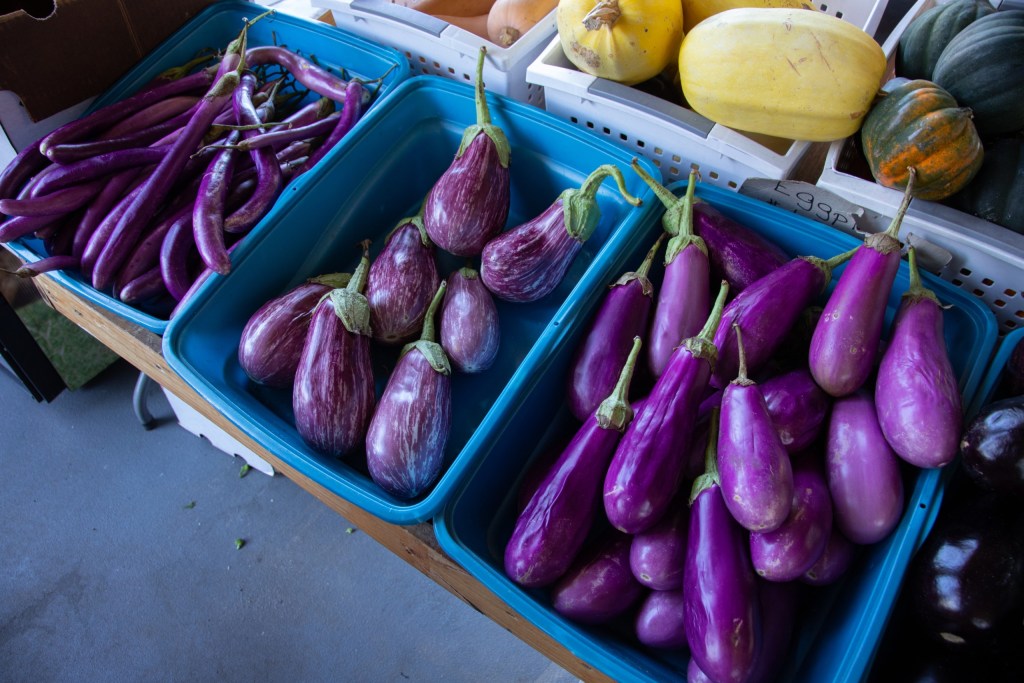You’ve dabbled in gardening, and maybe you’ve made inroads into the world of growing various types of vegetables, fruits, and ornamental species. Now seems the perfect time to take your plant-growing skills to the next level — so you’ve gotten yourself a greenhouse!
Excellent. Now, you will be able to maximize the sun’s energy and extend your plants’ growing season. You’ll be able to increase the overall yield of your garden many times over. However, you can’t just slap a bunch of pots down in your greenhouse and dump seeds. (Well, you could, but it’s not recommended.) You need to engage in proper planning.
To make a good beginning, here’s a list of five common greenhouse plants that are perfect if you’re just getting your greenhouse started.

Carrots
Carrots are a great starter plant because you can plant them throughout the year. In fact, because you can grow them anytime makes them a trendy root crop.
To grow them properly, you’ll need to plant them in deeply tilled, sandy soil. Make sure the earth isn’t too thick or hard because otherwise, you’ll end up with strange-looking, rounded carrots that are a bit dwarfed in size.
Additionally, while carrots are easy to grow and are resistant to most pests, you’ll still need to check their seeds to ensure they’re disease-free before planting. You’ll find that your carrots are usually ready about 75 days after planting. However, sometimes carrot roots can take up to four months to ripen.
When harvesting them, use a garden fork to loosen the soil. It can be hard to pull them up otherwise. Finally, you should rotate your carrot crops every three years.
Asparagus
Asparagus plants can live up to seven years, and they’ll produce nicely over that time frame. When planting, try to make sure that you’re planting from a crown that’s one or two years old. You can yield enough asparagus for a household of four by planting about 20 asparagus crowns.
Keep in mind that you’ll have to ensure weeds and other plants are kept out of the area where you are growing your asparagus. Asparagus cannot tolerate competition. Most gardeners will use a trench (although some use deep containers) and plant the crowns 12 to 14 inches down.
When preparing the crown for planting, don’t cut everything off of it. Leave small spears and when planting, make sure that those little spears are pointing up.

Eggplants
Eggplants are perfect for greenhouses because they’re warm-weather veggies. Like tomatoes and peppers, they need warm conditions in which to grow. If you choose to grow eggplants, you should do so on a raised bed using composted manure.
You may have noticed that eggplant fruit can be rather large and relatively heavy. Due to its size, the actual plant can be overwhelmed by its own fruit and fall over. It literally cannot hold up the weight of its own fruit! Therefore, you’ll need to give your eggplants some help in the form of a stake or a cage. If you stake them, ensure that you use one that’s about 2 feet tall.
To prevent diseases, you’ll want to use a high-quality potting mix. Eggplants also need a lot of water; you can use a top layer of mulch to help prevent weeds and to retain moisture.
When it’s time for harvest (which ought to be about 16 to 24 weeks after planting), don’t pull or yank the fruit from the plant. Instead, cut the eggplant fruit near the stem. You’ll know the fruit is ready for harvest when the skin is smooth and bright. If you leave it too long on the plant, the fruit’s skin will eventually begin to wrinkle, and it’ll be past its prime.
Kale
Kale is an excellent plant for beginners because it’s so tough. Of all the greens, it is one of the most resistant to disease. When sowing, use seeding trays, and when the plant emerges from the soil, engage in regular hoeing to prevent weeds. Additionally, you’ll need to get rid of yellowing leaves that come out around the plant’s base.
Kale is considered easy to grow because the only thing it needs to thrive is adequate sunlight. It will grow even in sandy soil and in partial shade. Moreover, it keeps on growing and yields fresh leaves for a long time.
When harvesting, pick the bottom leaves first and leave those at the tip alone. Those at the end will then continue to develop new, fresh leaves.
Okra
Also known as “ladyfingers,” okra is one of the best greenhouse plants. They can grow perfectly well in containers, although you’ll need to ensure that they have plenty of water. Additionally, before sowing, you’ll need to soak the seeds in warm water.
When the seeds are big enough, simply transfer them to the containers you’ve chosen. Use a high potassium compost and fertilize the plants every week when they blossom.
A pro tip here is to harvest the pods a bit early before they’re fully mature. The reason for this is that ripe okra pods can be stringy and hard. Additionally, be sure to wear gloves since the tiny hairs on the fruit can irritate your bare skin.
Whether you’re a vegetable aficionado or you’re trying to help your kids learn to love their greens by growing some in your own backyard, these five plants are great places to get started when it comes to filling up your beautiful greenhouse. Good luck and happy growing!
Editors' Recommendations
- A beginners guide on what to grow in your greenhouse for a thriving garden
- Small greenhouse tips: 5 ways to make the most of limited space
- 5 fantastic backyard design apps to help you craft your own personal oasis
- Do grow lights really work? How to make sure you’re not wasting your money
- A complete guide to cleaning your greenhouse for beginners



